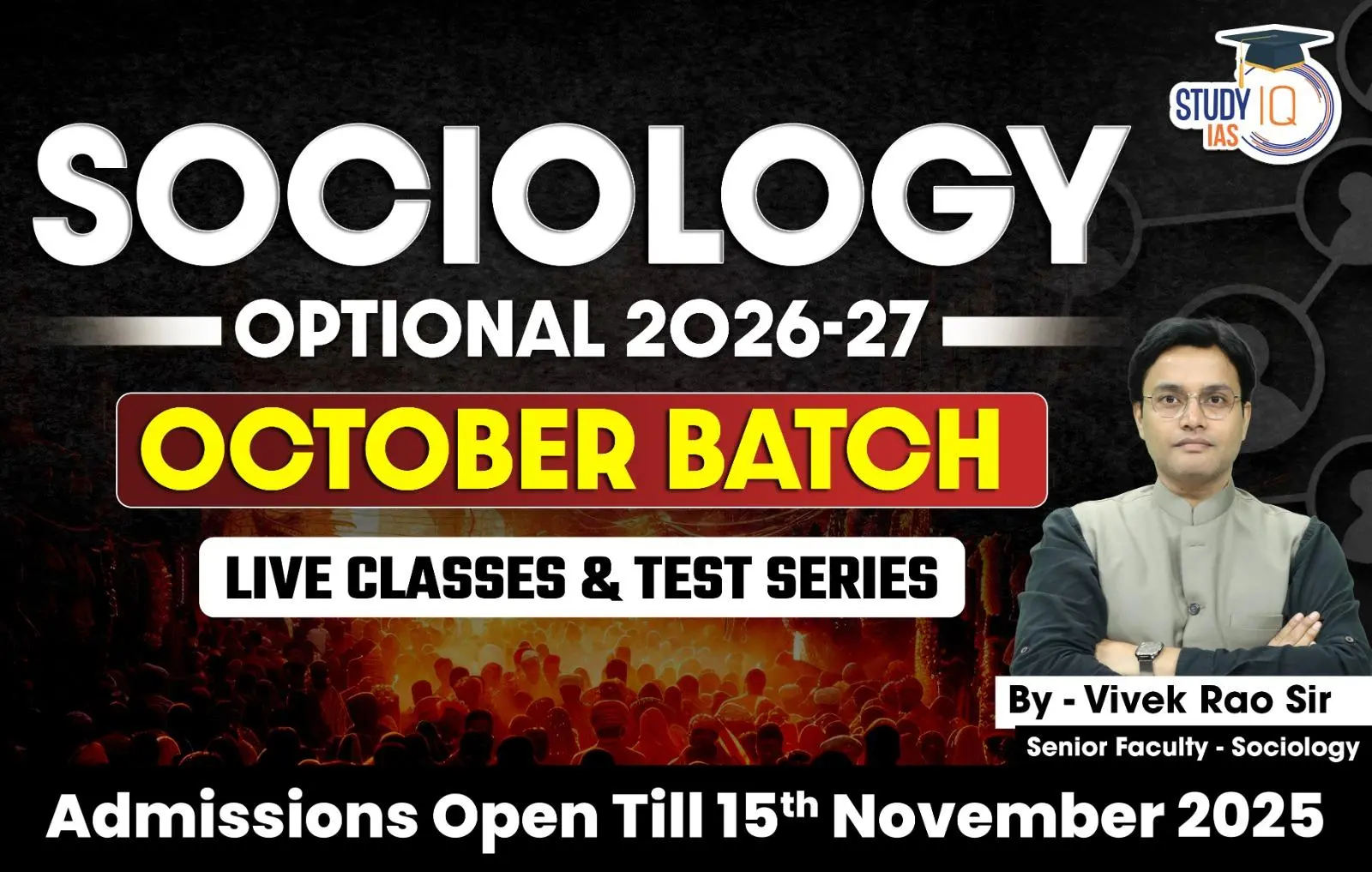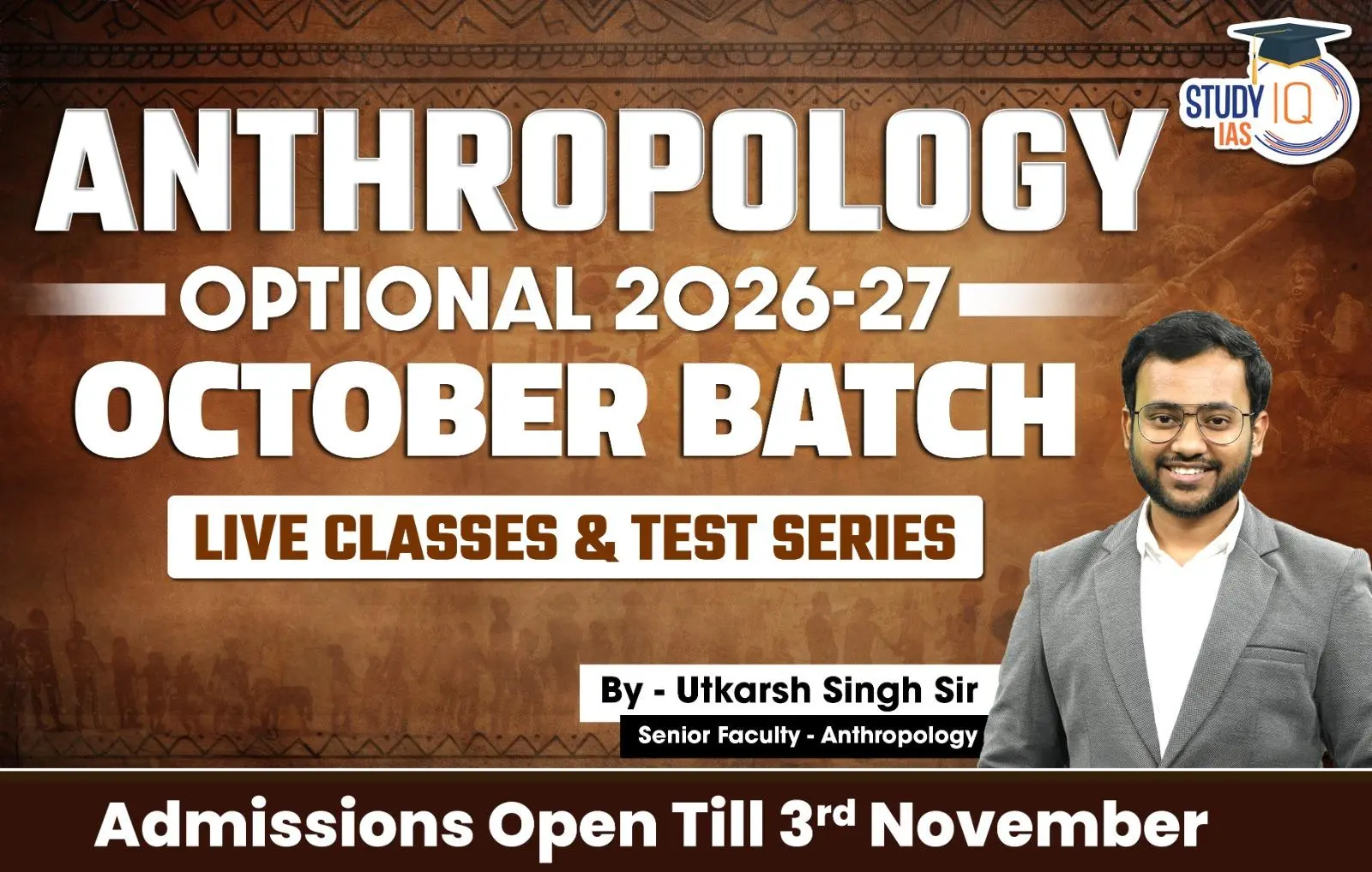Table of Contents
Context: The Union Health Ministry is shifting towards a targeted approach to controlling leprosy in India after achieving the elimination status as a public health problem at the national level in 2005.
About Leprosy
- Affected Areas: Leprosy impacts the skin, peripheral nerves, mucosa of the upper respiratory tract, and eyes.
- Transmission: Spread through droplets from the nose and mouth, typically via close contact with untreated individuals.
- Treatment: Leprosy is curable with multidrug therapy (MDT).
Types of Leprosy
- Pauci-Bacillary (PB): Fewer bacteria are visible, and no advanced disease signs are observed in biopsies.
- Multibacillary (MB): Bacteria are visible, and biopsies may show signs of advanced disease.
Leprosy Cases in India
- India achieved leprosy elimination as a public health problem in 2005, as per WHO criteria (less than 1 case per 10,000 people).
- However, some states and districts still report high prevalence rates, requiring focused interventions.
- High-Prevalence States: Bihar, Chattisgarh, Jharkhand, Maharashtra & Odisha.
Recent Initiatives
- National Strategic Plan (NSP) & Roadmap for Leprosy (2023-27): Aims to achieve zero transmission by 2027.
- National Leprosy Eradication Programme (NLEP): A centrally sponsored scheme under the National Health Mission.
- Nikusth 2.0 Portal: An integrated platform for managing leprosy cases.

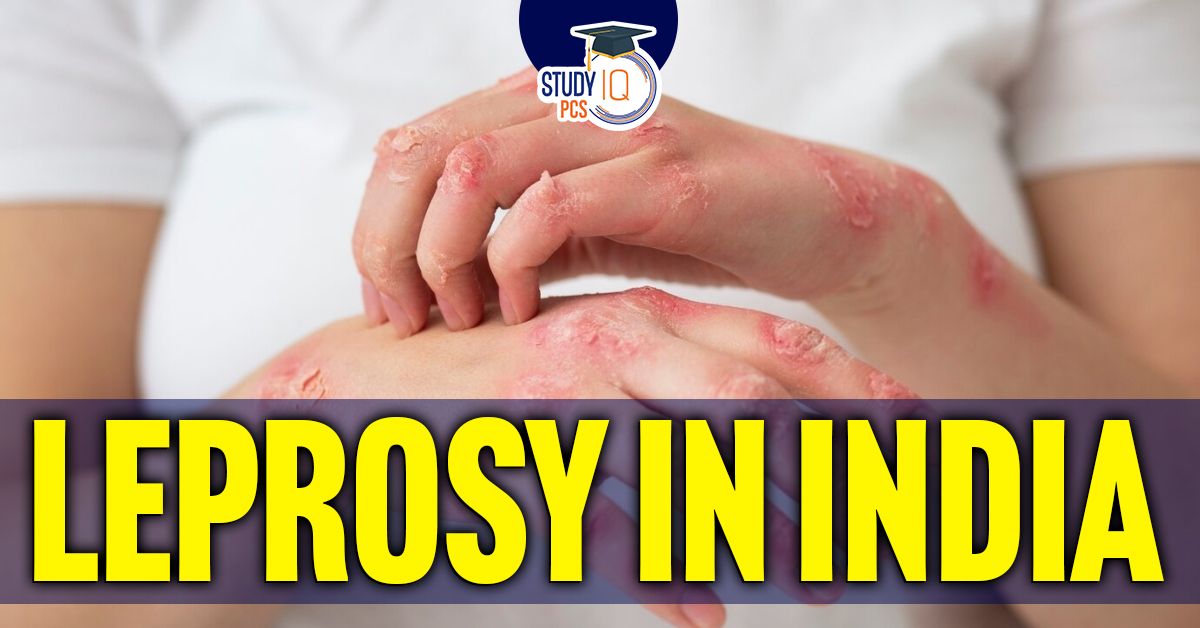
 Advanced Air Defence Radars: Types, Comp...
Advanced Air Defence Radars: Types, Comp...
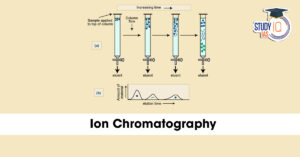 Ion Chromatography, Working and Applicat...
Ion Chromatography, Working and Applicat...
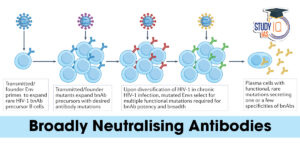 Broadly Neutralising Antibodies (bNAbs):...
Broadly Neutralising Antibodies (bNAbs):...




